The United States has reaffirmed its support for the territorial integrity of Afghanistan and Pakistan within their internationally recognised borders. The State Department restated the United States’ stance on the Durand Line during a news briefing. It came in response to recent claims by the Afghan Taliban challenging the legitimacy of the Durand Line. This is a borderline that separates Afghanistan and Pakistan. Matthew Miller, the spokesperson for the department, stated, “We support the territorial integrity of both Afghanistan and Pakistan, in accordance with their internationally recognised borders.” The United States, along with other major world powers, recognises the Durand Line as an international border.
According to a report by Foreign Policy magazine, the Afghan Taliban has been deliberately exacerbating border tensions with Pakistan. They are doing this through the outlawed TTP (Tehrik-i-Taliban Pakistan). The report highlights that the TTP violated a ceasefire with the Pakistani government in November 2022. The terrorist outfit has demanded the reversal of the FATA (Federally Administered Tribal Areas) merger. During the State Department briefing, an Afghan journalist referred to the Foreign Policy article and asked about the US stance on the Durand Line. In response, Mr. Miller stated that the Durand Line is recognised as an international border.
However, the Foreign Policy report also mentions that acting foreign minister Sher Mohammad Abbas Stanikzai recently stated that Kabul does not recognise the Durand Line. The report emphasizes that the tribal regions, depicted as the hub of TTP activities, are intersected by the Durand Line.
Afghanistan’s Stance
The acting Afghan Minister of Borders and Tribal Affairs, Noorullah Noori, spoke to the media at the Torkham border crossing. He stated that the border between Islamabad and Kabul remains “unclear” and characterized the demarcation as consisting of “imaginary lines.”
Torkham, one of the key border crossings linking Afghanistan’s northeastern Nangarhar province with Pakistan’s northwestern Khyber Pakhtunkhwa province, serves as a focal point for this assertion.
A month ago, addressing periodic border tensions, Noori emphasized Afghanistan’s efforts to address them in a “proper way.” He contended that Afghanistan does not have a formal border with Pakistan. It lacks a designated zero point, describing the Durand Line as a mere “imaginary line” between the two nations.
Afghanistan’s refusal to recognize the Durand Line contrasts with Islamabad’s position that it is a permanent border between the states. The Durand Line, a 2,640-kilometer (1,640-mile) border established in 1893. An agreement between British colonial India and Abdur Rahman Khan, Afghanistan’s ruler at the time, remains a point of contention.
Border Fencing
The border between Pakistan and Afghanistan features 18 crossing points, with Torkham and Chaman serving as the primary conduits for trade and people movement, connecting Pakistan’s southwestern Balochistan province with Afghanistan’s southern province of Kandahar.
In 2017, Pakistan initiated border fencing activities under the pretext of curbing terrorist cross-border movements. The measure drew condemnation from Kabul. Pakistan attributes a surge in terrorist attacks to the Afghan Taliban’s return to power in Kabul in August 2021 and accuses Afghanistan’s interim Taliban government of providing refuge to members of the Tehreek-e-Taliban Pakistan (TTP), a coalition of Pakistani militant factions known for attacking Pakistan. The Afghan Taliban have consistently refuted these allegations.

